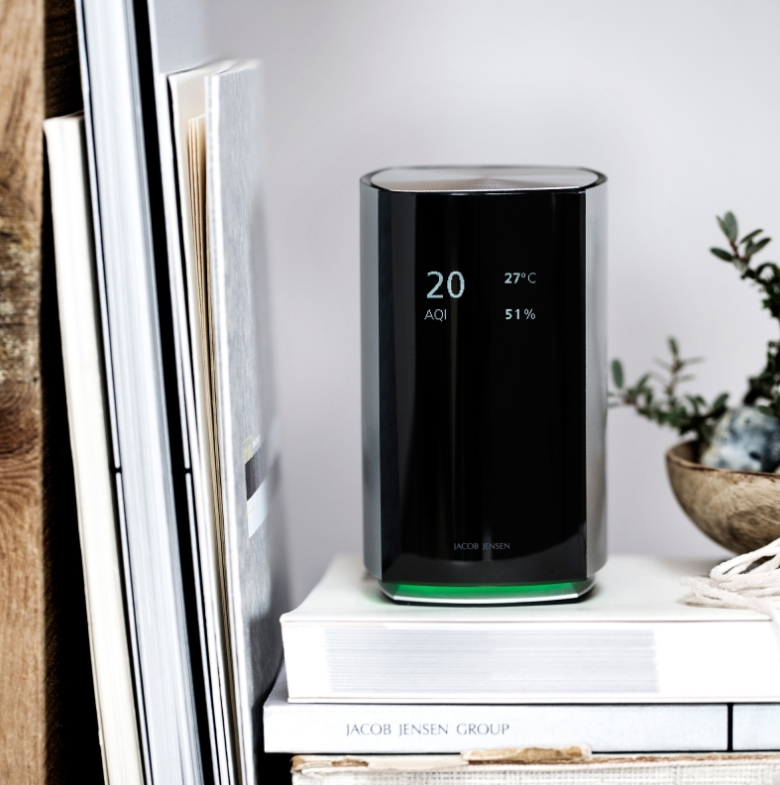Designer Timothy Jacob Jensen’s 2018 was punctuated by professional tumult, so it makes sense that his 2019 is all about taking stock. In October 2018 Timothy was unceremoniously dismissed from the famous design studio that bears the name of his father, the late Danish design icon Jacob Jensen, where Timothy had served as CEO for nearly 30 years and shepherded his father’s massively influential aesthetic across so many advances in technology and shifts in global commerce. And while the name “Jacob Jensen” will likely always be most readily identified with Jacob’s beloved designs like the Margrethe bowl and the Beogram 4000 turntable—emblematic of his Bauhaus-meets-MAYA vision—Timothy further burnished the brand during his tenure with several award-winners and notable contributions. Standouts range from the Tommerup Kister coffins and urns to the Air Quality Monitor to the MOMA-included Classic Series 510 & 520 watches—timepieces that helped make watches a bread-and-butter category for Jacob Jensen Design.
We chatted with Timothy from his Denmark estate about next steps, what it’s like to follow in big footsteps, and how Apple’s “anti-design” legacy has led to a dearth of forward-thinking design.
Did you ever feel anxious about adding or developing your own aesthetic while also guiding such an established, iconic brand?
Not really. I was born into this. It’s like a kind of music you play in a family, or the way you cook food, or the way you play music. I think it came naturally to all of us. I actually stayed at the studio a significantly longer time than my father. So it was not like his style, or my style, or my grandfather’s style. It was in the genes of the family, so I found it natural just to continue. And hopefully refine it. I think we did that with some of the projects we did in the ’90s and the 2000s, so honestly, no, I didn’t see this problem.
The only thing I thought was a problem was a long, long time ago. I started in the studio when I was 16. I’m 56 now. I was very often introduced as Jacob Jensen’s son, because Danes can’t say “th.” So they couldn’t say “Timothy.” My mother gave me the name Timothy, so my older brother and sister could learn to say “th.” So, in the beginning, to be introduced as somebody’s son is of course not as cool as to be introduced by your own name. But that’s 40 years ago, so that’s long gone.

The JACOB JENSEN Air Quality Monitor measures indoor air quality, humidity, and temperature. COURTESY OF JACOB JENSEN DESIGN.
Was that nerve-racking, especially as you’re trying to establish your own professional identity?
Come on. It was before you were born. It was important 40 years ago; it hasn’t been important the last 35 years.
How do you refine a brand that’s so firmly established, especially as technology moves the framework so far from where things were when your father designed?
I think you touched on it, that technology always gives the opportunity for a new shape, or a new function, or a new dimension. That’s come along throughout the years, and continues to come. I remember when they were making the transistor radio. That was a big thing. But that was just due to a component that allowed radios to be made flatter. Throughout the history of mankind, technology has changed the creative’s opportunity to shape things differently.
There were two ways we were going along. With clients, we didn’t try to put a Jacob Jensen signature on products, but when we designed for our own brand, the Jacob Jensen trademark, of course then we kept that design very strongly—and of course that came out of the International Style and later the golden era of Bang & Olufsen. Later on I was the chief designer for Gaggenau [Hausgeräte], where we kept using that style, maybe making it a bit more three-dimensional. If you look at the Jojo Cable Reel, for example, it’s a beautiful, great, well-functional design, but it doesn’t look particularly Jacob Jensen; it looks like something more European, right? Just to take an example.
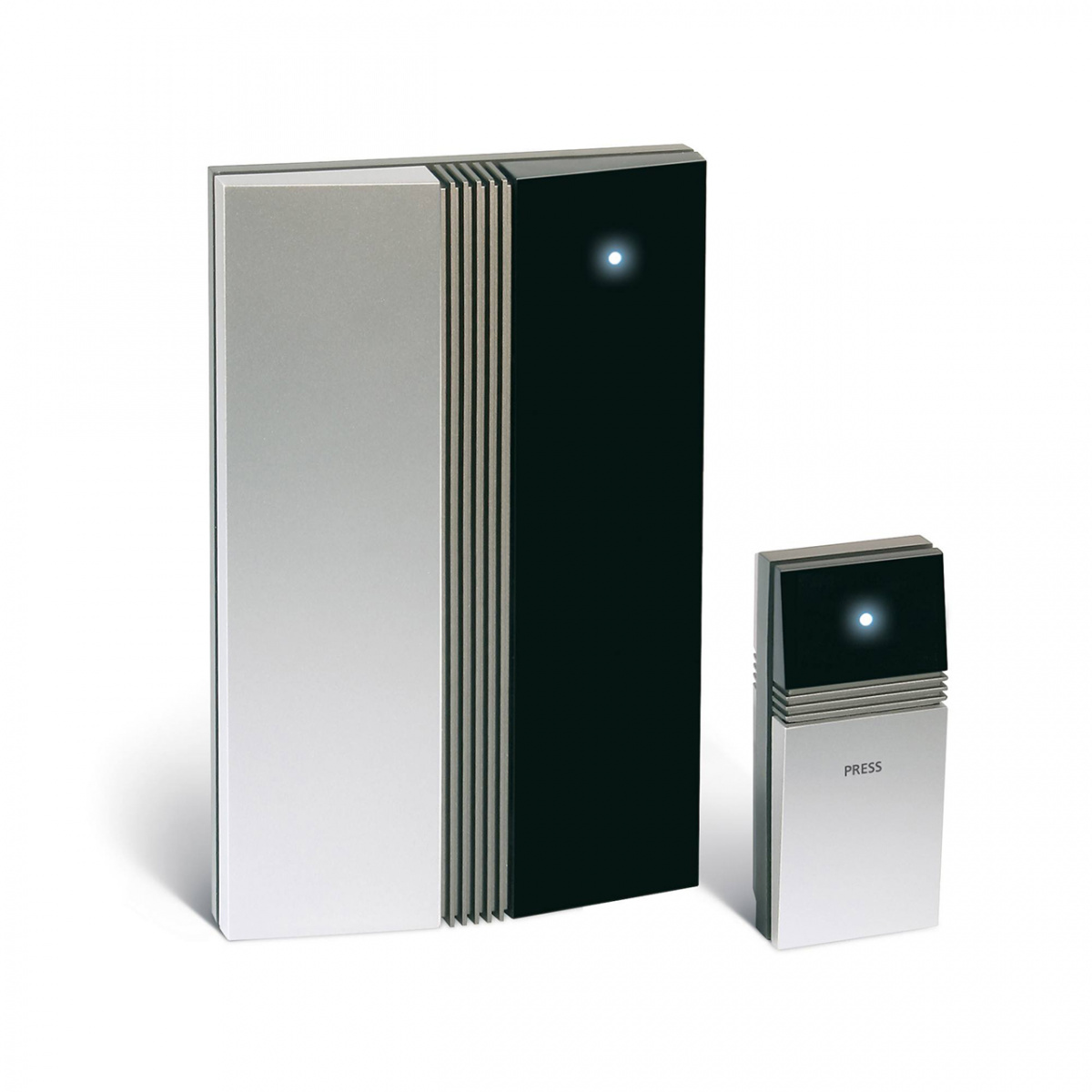
Timothy’s battery-powered Living Doorbell cuts the cord. COURTESY OF JACOB JENSEN DESIGN.
What are some of your favorite designs?
I think we have made roughly 1,000 solutions that have gone into production. That means we have made 10,000 that haven’t made it. So I think it’s difficult to say this is my favorite child, compared to this other child. But of course, some of the landmarks during the era of Bang & Olufsen, I had the pleasure of being involved there for 13 years, from 1978 to 1991. Then I was chief designer for Gaggenau for seven years, and we made some good designs there. And of course with the trademark Jacob Jensen, we made some successes—as well as some screw-ups—but many successes.
“Apple is not a design brand. Apple used to be a great hippie brand.”
You’re working independently now, right?
I sold all my shares in Jacob Jensen in 2018. I kept the studio, so they moved out in December. Now I’m starting up a new gig, trying to avoid all the mistakes I made in the first gig.
What’s it like to kickstart your own enterprise after 28 years at the Jacob Jensen studio?
It’s great if you have time, and I have some time, and I have some money, which is essential just to breathe and relax. I’m renovating the whole estate, where I have my home and studio. So I’m refurbishing, painting, chasing the cobwebs, and also making the new logo.
I’m slowly getting prepared for a new era. I have a competition clause I have to navigate around, but I’m totally free of that in October. So I’m just preparing and building up and getting ready for lots of opportunities–investigating some startups–also looking at international positions, where I could be head of design. I’m still figuring this out, figuring that out, but it’s great to not be under stress all the time. It’s a good feeling.
Was your departure acrimonious?
It was surreal, because I sold off shares in May and terminated my job in mid-August. I offered in good faith to stay around until they had found my successor. I was sent to sign an MOU in the presence of the Crown Prince in September, and then they asked me to leave in October. I knew that things were going to stop, but I didn’t see them stopping exactly that way, because I was in an airport [when I was told I was dismissed]. Well, gee, thanks—but that says more about them than me. But I knew it was going to stop; that’s why I had terminated my position. It wasn’t such a big drama as some of the media has tried to make it out as.
Read more product and industrial design stories at Sixtysix.
So what’s a typical workday like now compared to what it used to be?
In the hectic years, I flew 70 times a year, and not just short flights. So now I travel significantly less; I don’t have any jet lag. I get up at 5 or 6am, I’m in the studio at 8:30, until about 1pm, then I enjoy nature, the house, friends, all that. But I’ve always been a workaholic. I’ve worked all my life and I still work every day. But I enjoy that. It’s good fun when there’s a bigger purpose and bigger cause, and you’re not under stress all the time. Because I had to make money every month. Everybody was screaming at me, “Tim! More clients, more business, more money!” And it was just no fun at the end of it.
Now that you’re relieved of that pressure, do you think you’ll try anything that was maybe too experimental for the old studio?
Well, I’m not going to become a ballet dancer, right? I will do something related to what I just spent the last 40 years doing. It will be something in the creative field, but as I mentioned before, it could be head of design for a corporation, if it’s a fun one, it could be teaching—I’ve received a lot of offers there—it could be working with startups, opening up my own studio or brand business. It’s going to be within the field and within the experience. But right now I’m just enjoying, you know, spring.
What are some of your most successful designs?
There was a weather station back in the ’90s, an electronic parking disc, which you didn’t have in the States, but was extremely successful for a short period of time. But over the years, the crankshaft, so to speak, has been the watches.
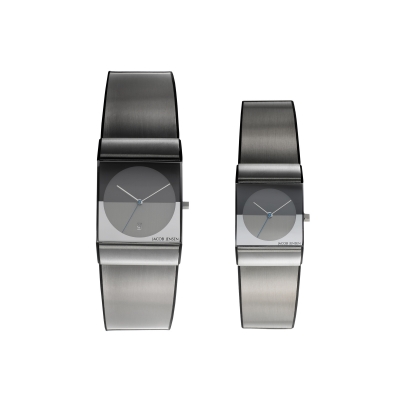
Timothy Jacob Jensen’s Classic Series 510 and 520 watches were included in the Museum of Modern Art in New York’s Design Study Collection in 1985. COURTESY OF JACOB JENSEN DESIGN.
That’s interesting. It seems we went through a phase where the watch was essentially discarded because smartphones made them superfluous, but now they’re back, either with smart technology or just traditional. What are your thoughts on that journey?
Well, in 2019, to carry your phone in your hand all the time, and have it while you sit at the table, it’s considered lower caste. It’s people who are not educated, not brought up well at home. You don’t do that if you are at a civilized dinner party, or whatever. I know a billion people still do that, but it’s looked down upon these days.
I also think watches are to some extent a piece of jewelry, but also a piece of identity—people might have a longer relationship with them. Maybe they got them from their grandfather or grandmother. I don’t think a watch can be talked about as a watch only. I was at a 75-year birthday the other day and I left my phone in my pocket. I had my watch, but I didn’t want to sit there with my phone.
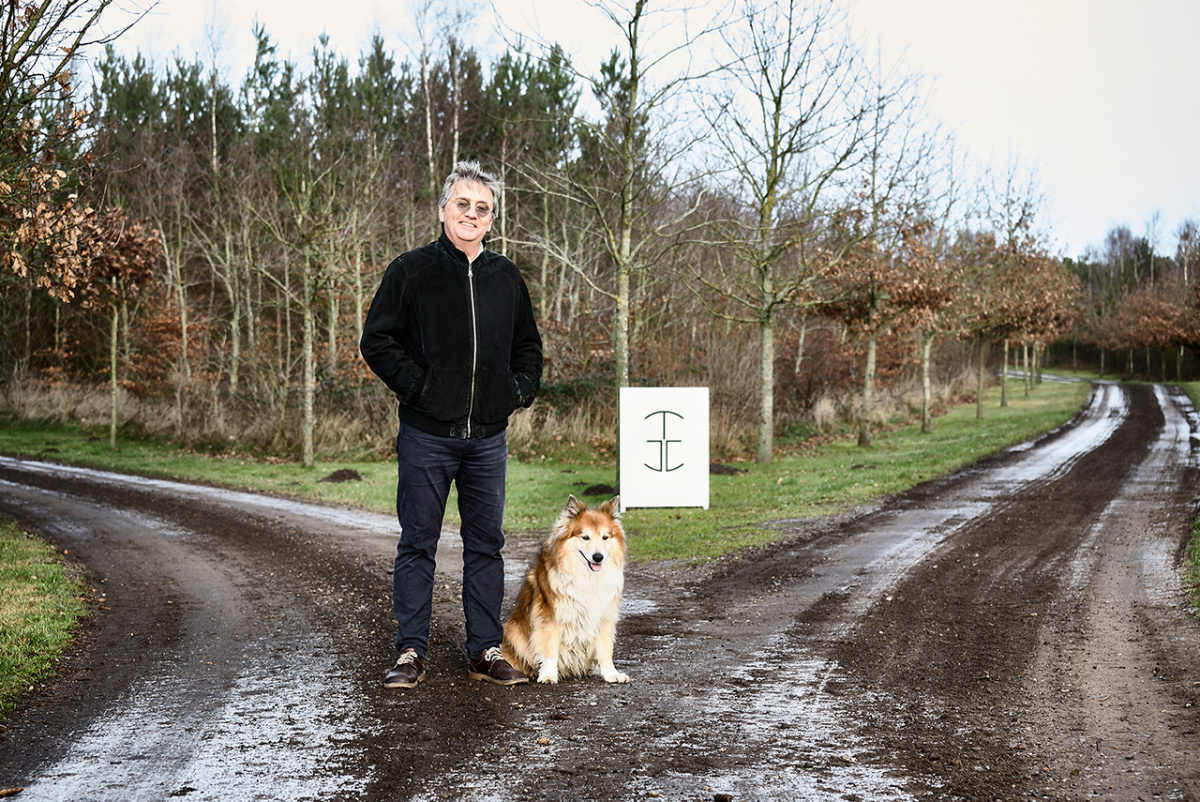
Timothy stands with his dog at his estate, with his TJJ logo behind. COURTESY OF TIMOTHY JACOB JENSEN.
Are there any designers you consider influential, either from when you were first starting out or emerging designers doing exciting things?
I’m afraid not, which sounds arrogant—but that’s not the intention. I was on the jury a couple of weeks ago for the iF DESIGN AWARD, which the forum claims is the largest design award in the world. There were 6,300 entries, and unfortunately, it was all the same.
The styles—they were just OK. It was dull, it was boring, it was all the same except maybe 10 or 5 %. The rest of it was what’s called the Ulm method—which is an anti-design tradition. Americans tend to think it’s American, because it’s associated with Apple. But it was not Apple who made it; it was the Germans. That was pretty much what we saw there. Now, I’m not asking for Memphis again, for Rococo, but it would be nice to see something that has some DNA. All this Ulm method doesn’t have any DNA. It’s just the same way of making, again and again. That sparkle, that excitement, is not there on the general design scene, globally.
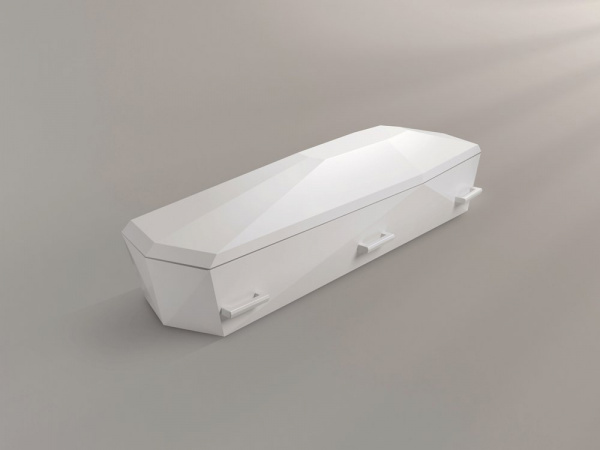
Timothy designed this coffin, along with urns, for coffin manufacturers Tommerup Kister to mark their centenary in 2010. COURTESY OF JACOB JENSEN DESIGN.
Why do you think that is? Is that the demands of the marketplace? A matter of costs? Just a lack of imagination?
Brands from all over the world, they think Apple’s success is due to the product design, therefore everybody copied that. That’s IKEA, that’s everybody, right? And frankly speaking, Apple’s success has nothing to do with hardware, it’s to do with software, for Christ’s sake.
That’s a big part of Apple’s mythology. People think of it as a design product as much as a tech product.
I’m sorry, Apple is not a design brand. Apple used to be a great hippie brand. Read the bloody book. Apples being plucked by virgins on LSD. Funny stuff, interesting stuff. When Jony Ive was leaving and Steve Jobs came back, he took the Dieter Rams book down, and he became heavily inspired by that thinking, and that thinking is an anti-design tradition.
